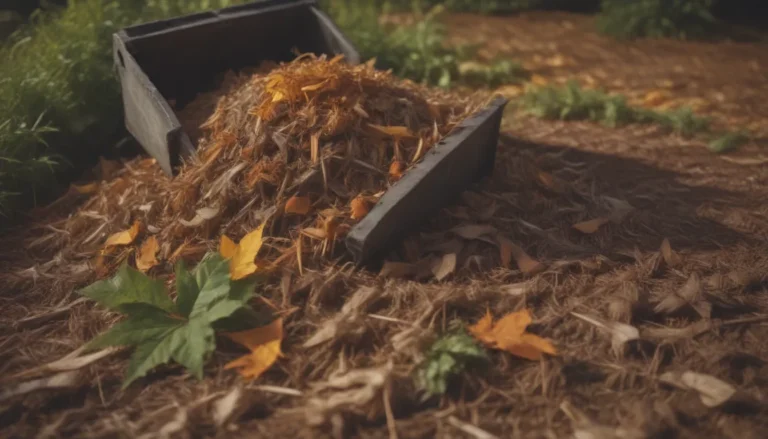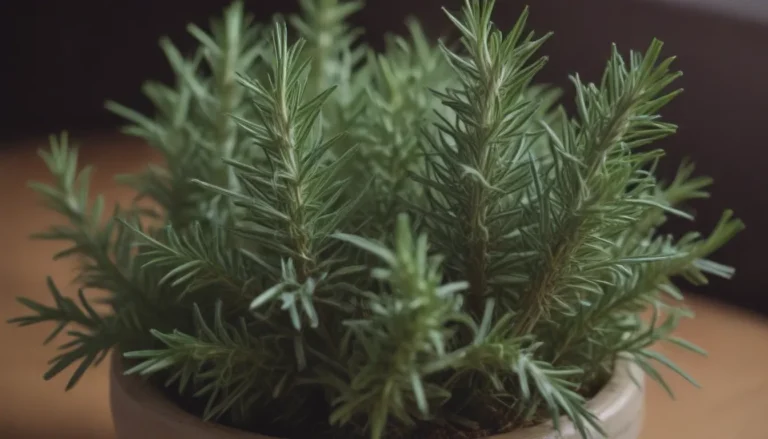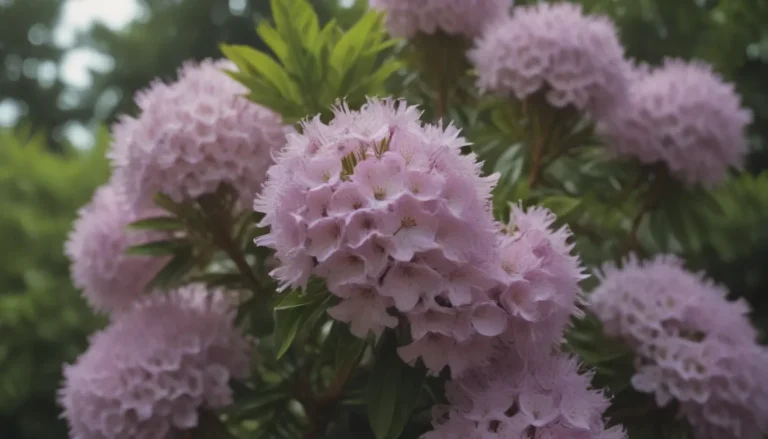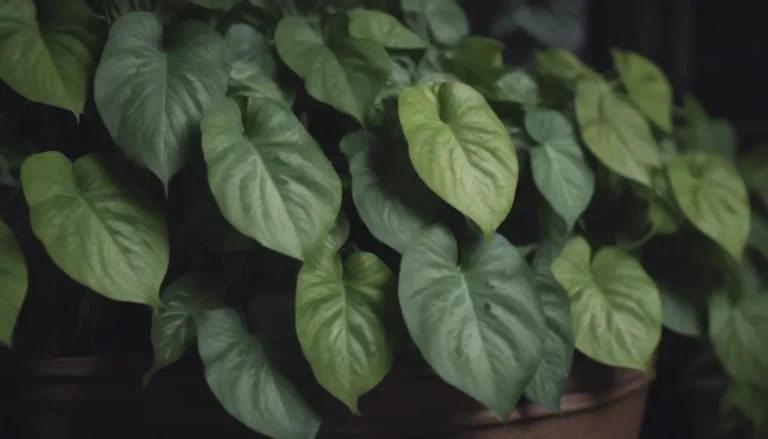All You Need to Know About Growing and Caring for Sourwood Trees
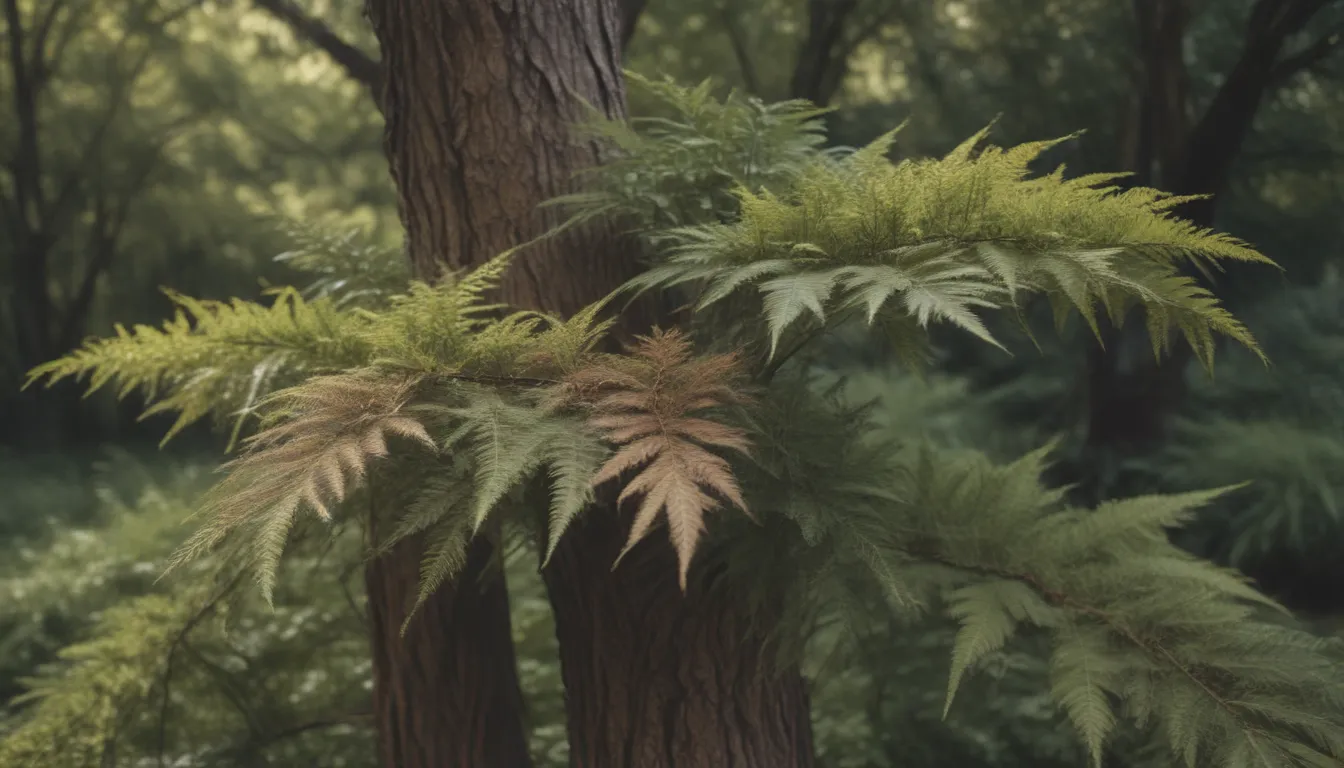
Are you looking to add a touch of beauty to your garden without all the fuss? Look no further than the sourwood tree, also known as sorrel. This delightful ornamental tree is perfect for smaller spaces, blooming after about its fifth season, and requiring minimal care. In this comprehensive guide, we will explore everything you need to know about growing and caring for sourwood trees to help you cultivate a stunning centerpiece for your garden.
Why Choose Sourwood Trees
The sourwood tree stands out as an understated yet visually striking addition to any garden. Here are some reasons why you should consider adding a sourwood tree to your landscape:
- Slow growth rate: The slow growth rate of the sourwood tree allows it to develop strong and sturdy wood while remaining manageable in size.
- Minimal care requirements: Unlike some ornamental trees that require constant attention, the sourwood tree is relatively low maintenance, making it an ideal choice for gardeners seeking an easy-to-care-for option.
- Pest and disease resistance: Sourwood trees are not susceptible to serious pest or disease problems, giving you peace of mind as you cultivate this beautiful tree in your garden.
- Versatile in various light conditions: The sourwood tree can thrive in a range of light conditions, making it adaptable and suitable for different garden settings.
With its attractive features and ease of care, the sourwood tree is a charming addition to any garden.
Sourwood Care Tips
Taking care of a sourwood tree is simple and straightforward. Here are some essential care tips to help your tree thrive:
Light
Sourwood trees are adaptable to different light conditions, thanks to their natural habitat as understory trees. While they may experience a slight decrease in fall color and blossoms in partial shade, they can still thrive and display their beauty.
Soil
Sourwood trees prefer acidic, organically rich, moist, and well-drained soils. Mimicking their native forest floor environment with leaf mold as a soil amendment can help your tree thrive and flourish.
Water
Although not overly thirsty, sourwood trees may require supplemental watering during extreme dry spells. Newly transplanted trees, in particular, need adequate watering to establish themselves. Once established, sourwood trees can tolerate some drought conditions.
Temperature and Humidity
Native to the Appalachian region, sourwood trees thrive in cooler climates but can also withstand warmer temperatures. They are best suited for USDA hardiness zones 5-9 and may struggle outside of this range.
Fertilizer
Avoid over-fertilizing young sourwood trees, as this can lead to excessive limb growth and weaker branches. Patience is key, as mature trees will produce blooms without the need for additional fertilizer.
Types of Sourwood Trees
While sourwood trees do not have many cultivars, a few rare varieties have made their way into cultivation. These include:
- Oxydendrum arboreum ‘Albomarginatum’
- Oxydendrum arboreum ‘Chameleon’
- Oxydendrum arboreum ‘Mt. Charm’
These unique cultivars offer a variety of characteristics to suit different preferences and garden styles.
Pruning the Sourwood Tree
Pruning a sourwood tree is a delight due to its slow growth rate. Annual pruning in the fall is recommended to establish a narrow crown with a single slender leader. Ensuring proper structure and a single leader will help maintain the tree’s health and appearance.
Common Pests and Plant Diseases
One of the great advantages of growing sourwood trees is their resistance to pests and diseases. Any issues that may arise are typically minor and can be easily managed. Additionally, sourwood trees attract bees with their edible leaves and prized flowers, making them a valuable addition to any garden ecosystem.
In conclusion, cultivating a sourwood tree in your garden can bring beauty and charm without the hassle of high maintenance. With proper care and attention to its specific needs, your sourwood tree will flourish and become a captivating focal point in your outdoor space. So go ahead, plant a sourwood tree today and enjoy the natural beauty it brings to your garden!


